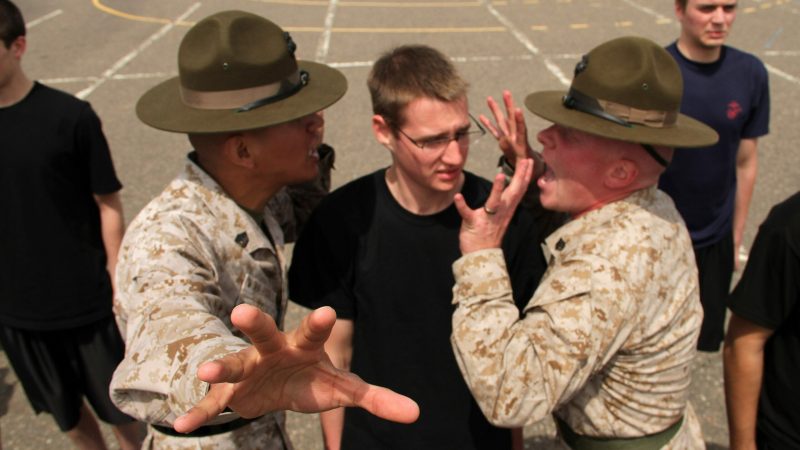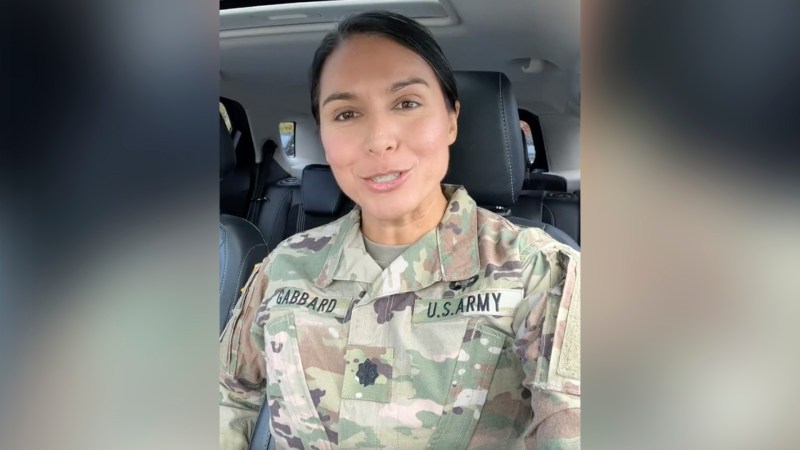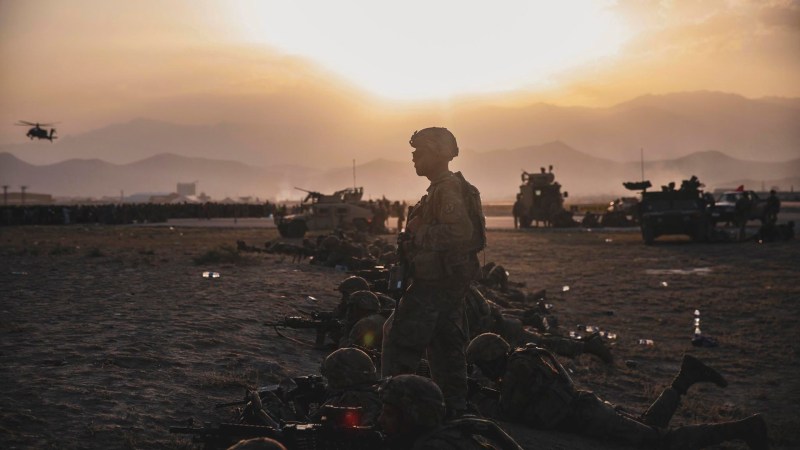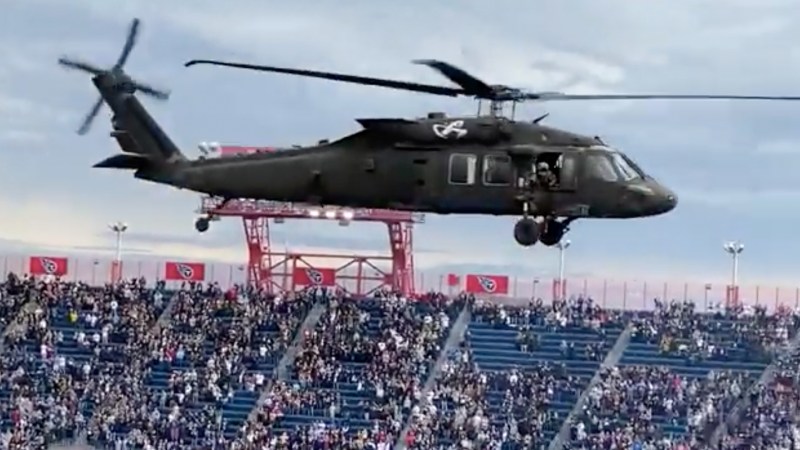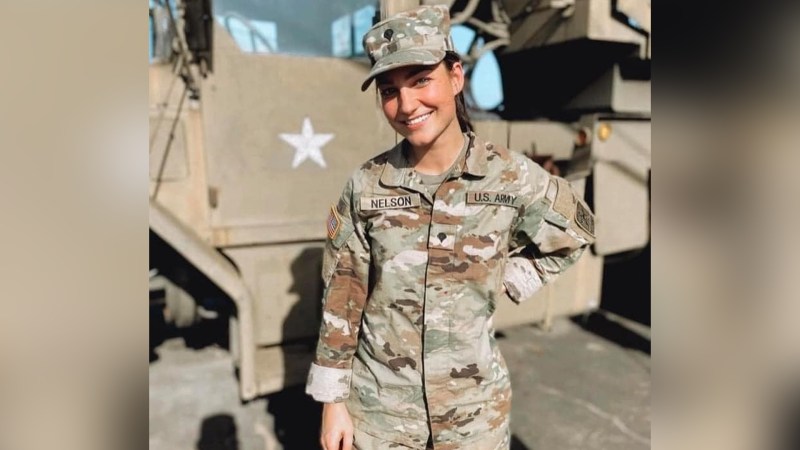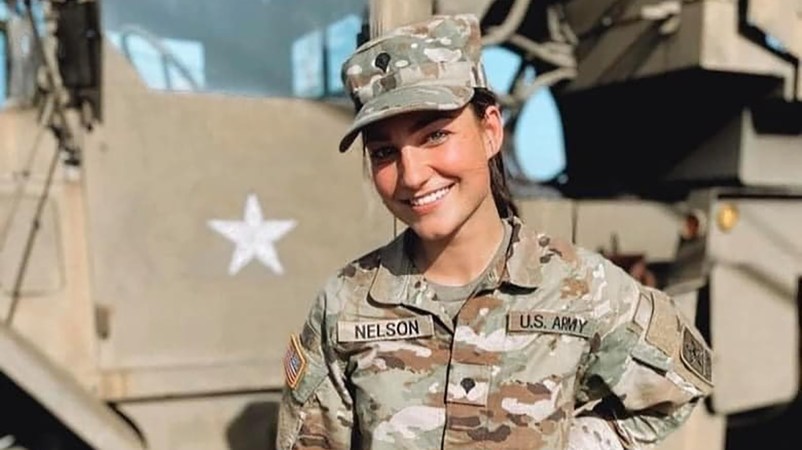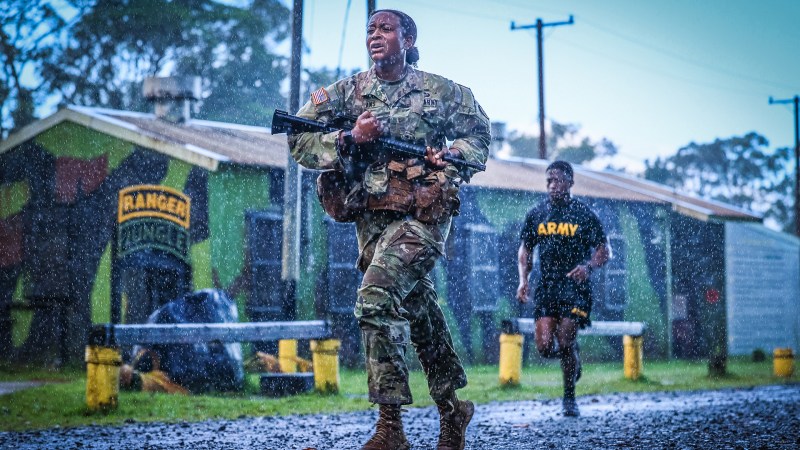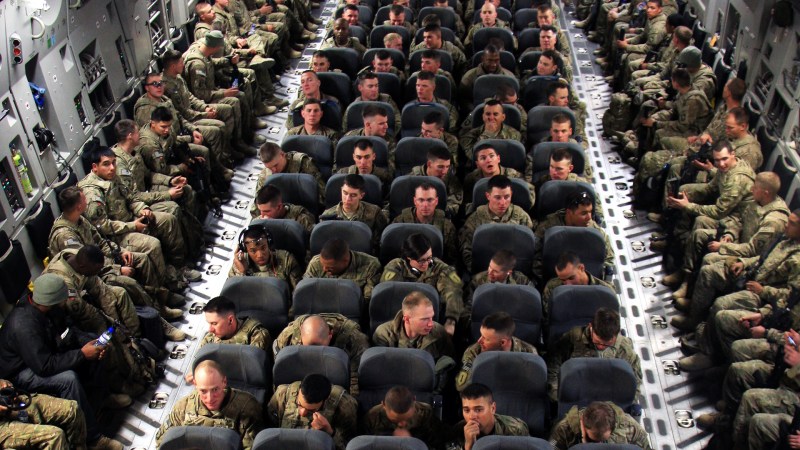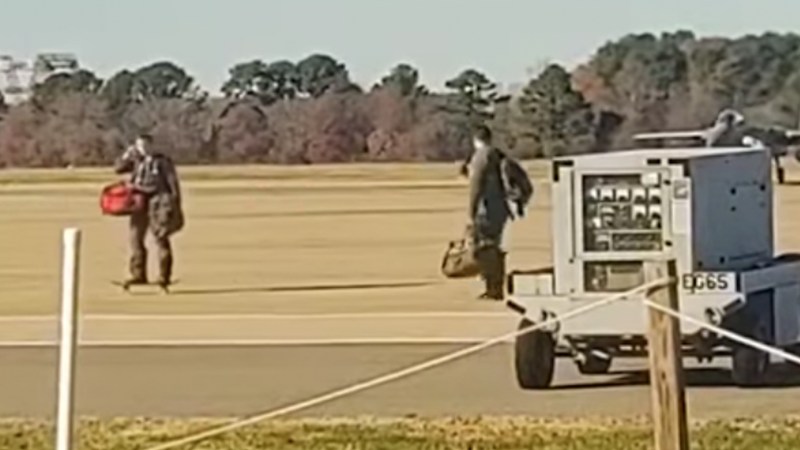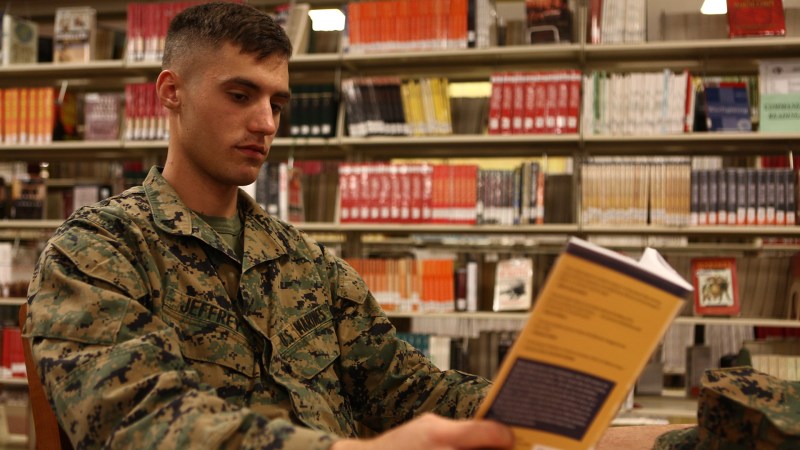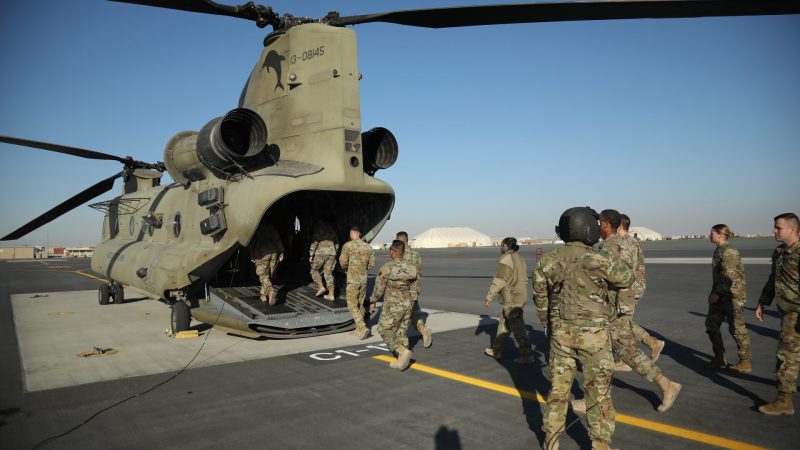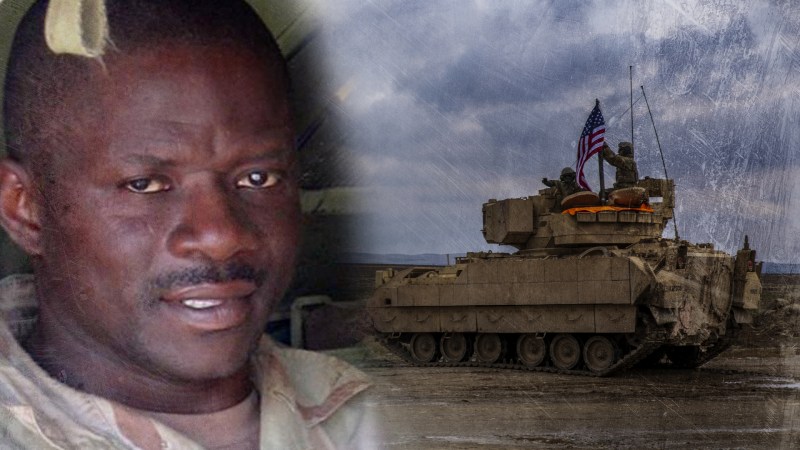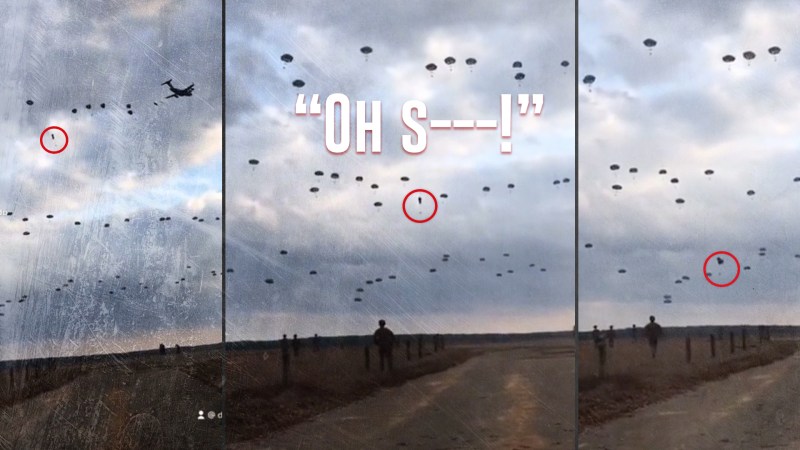In moments of crisis, small details can make a big difference. That proved true during Operation Allies Refuge, the massive United States military effort to evacuate more than 124,000 people from Afghanistan during the last weeks of the U.S. war there in August 2021. Surprisingly, one of those small details was not an advanced drone or powerful weapon. Instead, it was a Google Doc that became essential not just for airmen on the ground, but also leaders in The White House, the Pentagon, and other high-level offices around the world.
“It saved lives,” Col. Gregory Cyrus, the commander of the Air Force’s 621st Contingency Response Group, told Task & Purpose about the Google Doc and the airmen who set it up. “They were able to manage the slot times, to increase the capacity of throughput so that they could get more aircraft into Kabul and, in doing so, they were able to get more people out.”
‘Slot times’ refer to the way aircraft are scheduled to land at an airfield and take off again. Aircraft scheduling may not sound sexy, but it made all the difference at a small airfield like Hamid Karzai International Airport (HKIA), which had just one runway and, for most of the operation, just one functioning ramp on which to park aircraft.
“It has a sole runway, whereas at Dallas Fort Worth there are seven runways,” Cyrus added. “It was the only runway in Afghanistan available for use and it was surrounded by the enemy.”
Subscribe to Task & Purpose Today. Get the latest military news, entertainment, and gear in your inbox daily.
The mission was similar to putting passengers on lifeboats to flee a sinking ship: U.S. service members had to keep the operation fast and efficient in order to get as many people out of Afghanistan as possible in a limited amount of time. If not, the results could be disastrous.
“We can’t have [the aircraft] sitting and waiting, because that will create a huge bottleneck,” said Capt. Adam Solomon, an airfield operations officer assigned to the 332nd Expeditionary Operations Support Squadron during Operation Allies Refuge. “We had only one parallel taxiway … so I didn’t want to have that start backing up.”

If a bottleneck arose, it could lead to dozens of aircraft being stuck on an isolated taxiway in the heat of an Afghan summer, each with hundreds of stressed-out evacuees aboard, at the mercy of any rogue Taliban fighters who might want to take potshots. The more time those aircraft spent on the taxiway, the likelihood also increased that one of them might develop a mechanical problem and have to be grounded and repaired, further slowing down the evacuation process. It also meant there would be a backlog of aircraft orbiting overhead and steadily running out of gas.
The airmen at HKIA had to stop that from happening. They would have to figure something out fast.
‘This is absolutely ridiculous’
One of the factors slowing down the operation was that aircraft flying into HKIA had to receive prior permission to land. Prior permission required (PPR) is a standard feature at most airports, but at HKIA, Solomon and the handful of airmen under his command were the only ones available to give PPR to the hundreds of flights that wanted it.
That meant the airmen spent an inordinate amount of time on the phone speaking with officials from other services and other nations in order to find out what planes were coming, how many people they could carry, where the plane would go afterward, and other details. The airmen would then have to enter those details manually into a Microsoft Excel spreadsheet, which was proving unsustainable amid the busy tempo at HKIA.
“I was like ‘this is absolutely ridiculous, I cannot be on the phone 24/7,’” said Solomon, who is now assigned to the 22nd Operations Support Squadron. “So how do we solve that problem? Google has this great thing, ‘Google Docs.’ Let me just put the spreadsheet in there and share it with people’s accounts.”
Now instead of spending hours on the phone with international officials, Solomon and his team shared the Google Doc with anyone who needed it. Officials would then send the team their PPR request and the flight information, which the airmen could then enter into the Google Doc much more easily. Not only did the software help save time by putting flights on the calendar, but it also made the operation more efficient by giving Solomon and his airmen a better way to plan the airflow farther out in the future. Planning that out was akin to playing Tetris, except with aircraft instead of blocks, Solomon said.
“Instead of having 20 aircraft come in at one time, now you can spread these aircraft out over every 15 minutes,” Cyrus explained. “And they could better manage the entire airflow over the 24-hour day where we are going to give this many slots to this country and this many slots to that country. Then the chaos and hecticness of everybody trying to get in and get their evacuees out now became a smoother process.”

The White House has entered the chat
The most important outcome of the Google Doc was that it allowed more evacuees to be airlifted from Afghanistan in a shorter amount of time. But civilians around the world also benefited from the Google Doc, which served as a database for their governments to answer media questions about the evacuees.
“The document was initially a slot time document and now it is capturing how many evacuees are Afghans, how many are Americans, how many are men, women, children, where are they going, et cetera,” Cyrus said.
Solomon soon found himself granting document access to U.S. Central Command, the Joint Chiefs of Staff, the White House, and other high-level offices around the world.
“I personally never talked to the president or any other heads of state or the Prime Minister of the United Kingdom, but I gave permission to their staff and that’s how they were briefed with all that information,” Solomon said.
You might think that the U.S. military, with its multi-billion dollar budget and advanced technology, would have a better system in place for granting and organizing aircraft time slots. But in the heat of the moment, Google was the fastest way to get it done, the officer explained.
Google “was easier to use, faster to use, and we did not have to cross organizations with the Marines or the Army, because sometimes that is just really difficult,” Solomon said. The Department of Defense’s email system “was just not going to work, so that is why, at that point in time, a third-party email service was the best.”
‘Kabul essentially became a black hole’
If you think a Google Doc is a relatively low-tech program for a major military operation, imagine this: one of the most important tools used to prevent the hundreds of aircraft flying in and out of HKIA from colliding mid-air was not a state-of-the-art radar or communication system. Instead, it was a piece of paper taped to the windshield of a Humvee. But before you understand that, first you have to understand what Solomon and his team were doing in Kabul in the first place.
As an airfield operations officer, Solomon’s job is similar to that of an orchestra conductor. But instead of managing woodwind, brass, and percussion sections, Solomon is responsible for managing the experts who run air traffic control, aircraft movements on the ground, and the radar, weather, and navigation equipment that help make flying possible.
U.S. military airfields often have sophisticated radar and communication equipment that help the airfield managers speak with incoming aircraft a hundred miles or more away. But at HKIA there was no radar, no long-range communication equipment, and the only air traffic control ‘tower’ was a group of air traffic control Marines under a pop-up tent.

The Marines were doing a great job, but they did not have any way of seeing or talking with aircraft more than two to five miles outside of the airfield. That is a small area in terms of air traffic, and the risk of a mid-air collision was high. There were even multiple traffic collision avoidance system (TCAS) alerts, which is when an aircrew sees another aircraft that is about to hit them, so one of the planes has to overrule all air traffic controls to get out of the way.
“Basically when you get a TCAS alert, it’s a bad thing, and heaven forbid we have two aircraft hit each other and a plane goes down,” Solomon said. “So how can we solve this situation?”
Fortunately, the airmen with Solomon were all trained to operate in a non-radar environment. Without radar to paint a picture of where each aircraft is in the surrounding airspace, you literally have to go back to the drawing board by putting up a piece of paper and marking where each aircraft is and when to bring them in to land. But there was another problem: without a long-range radio, how were the airmen supposed to talk with the aircraft farther out from HKIA?
Incoming pilots “could not talk to anybody within like a 50 to 100-mile radius of Kabul,” Solomon explained. “Kabul essentially became a black hole for them.”

Yet again, a small detail made a big difference: the Marines realized they had a Humvee with more powerful communication equipment aboard. A technician had to fix it up, but once that was done, Solomon and his airmen could communicate with aircraft up to 50 miles away and chart their position on the piece of paper they had taped to the Humvee windshield.
“Once that was taken care of, TCAS alerts went down to zero,” Solomon said. “I can’t be more proud of my guys for doing that without a radar.”
Running an airspace without a radar is not an easy feat. The airfield operations officer explained that it is similar to rowing a motorboat back to shore after the motor goes out.
“It is a lot slower, a lot more difficult, a lot more strenuous on the body,” he said.
Keep in mind that this was no ordinary airfield: Solomon estimated that his airmen were controlling up to 150 aircraft a day.
“I think at the height we had 156 aircraft in one day and that was just the C-17s,” he said. “They were also talking to the close air support, the F-15s that were constantly overhead, the [unmanned aerial vehicles] as well as the helicopters coming in.”
Managing that kind of traffic without radar “is pretty much bananas,” the airman explained. “It’s unheard of.”
Solomon and his airmen had to dig deep to keep pace with the workload. The officer recalled splitting his four radar controllers into two 12-hour shifts and sustaining that pace for the entire operation. Usually, the rules are that controllers cannot work longer than 10 hours.
“That’s our absolute drop dead, and not over a certain number of days in a row without having a day or two break,” the captain said. “That didn’t happen. We were out there for 10 days working 12-hour days each.”
‘What my guys were doing made a huge difference’

The hard work was worth it. Between the Google Doc and the piece of paper taped to a Humvee windshield, Solomon and his airmen evacuated more flights of evacuees and kept those flights from colliding mid-air. These small details added up to make a big difference in OAR, and there were so many others contributed by other services that helped make the operation a success. Cyrus’ unit, the 621st CRG will receive a Gallant Unit Citation later this year to honor “the actions its airmen took to rapidly repair and run airfield operations at Hamid Karzai International Airport while surrounded by hostile forces, enabling success of the operation,” Air Mobility Command said in an October press release.
Together, airmen from the 621st joined with other Solomon’s crew and other service members to turn an airfield that had been breached by thousands of fleeing Afghans earlier in the month into an evacuation machine, launching more than 100 aircraft a day filled with hundreds of people escaping Taliban rule.
“Think of an airport that shuts down for a good period of time and then becomes one of the busiest in the world with aircraft landing and taking off every five to 10 minutes,” Cyrus said. “There was a day where we got 20,000 people out of that airport because we became very efficient and effective at managing the flow.”
Solomon, Cyrus, and one of Solomon’s airmen, Senior Master Sgt. Kevin Killoren were each awarded Bronze Stars for their contributions to the mission. Two more airmen from Solomon’s crew, Senior Airmen Dakota Bartz and Andrew Kimrey, received the Air Force Commendation Medal with “C” devices for ‘combat,’ for their work guiding in aircraft and at one point for helping Marines form a human wall to prevent evacuees from crowding the runway.
Those awards and decorations are a high honor, but they likely pale in comparison to how Solomon felt one day in Kabul while walking over to check up on how his airmen were doing.
“I just had a giant smile on my face,” he said. “I don’t know how many days we had been working, and I don’t know how long I had slept or if I had slept at all, but I knew that what my guys were doing made a huge difference in thousands of people’s lives.”
The latest on Task & Purpose
- Army general investigated for defending female troops online retires honorably
- Marine Corps boots poolee tied to neo-Nazi groups
- Soldier assigned to 7th Special Forces Group charged with killing wife
- This unusual new Air Force tactic is likely raising alarms in China, expert says
- Here’s how Ukraine could use the Bradley Fighting Vehicles it’s getting from the US, experts say

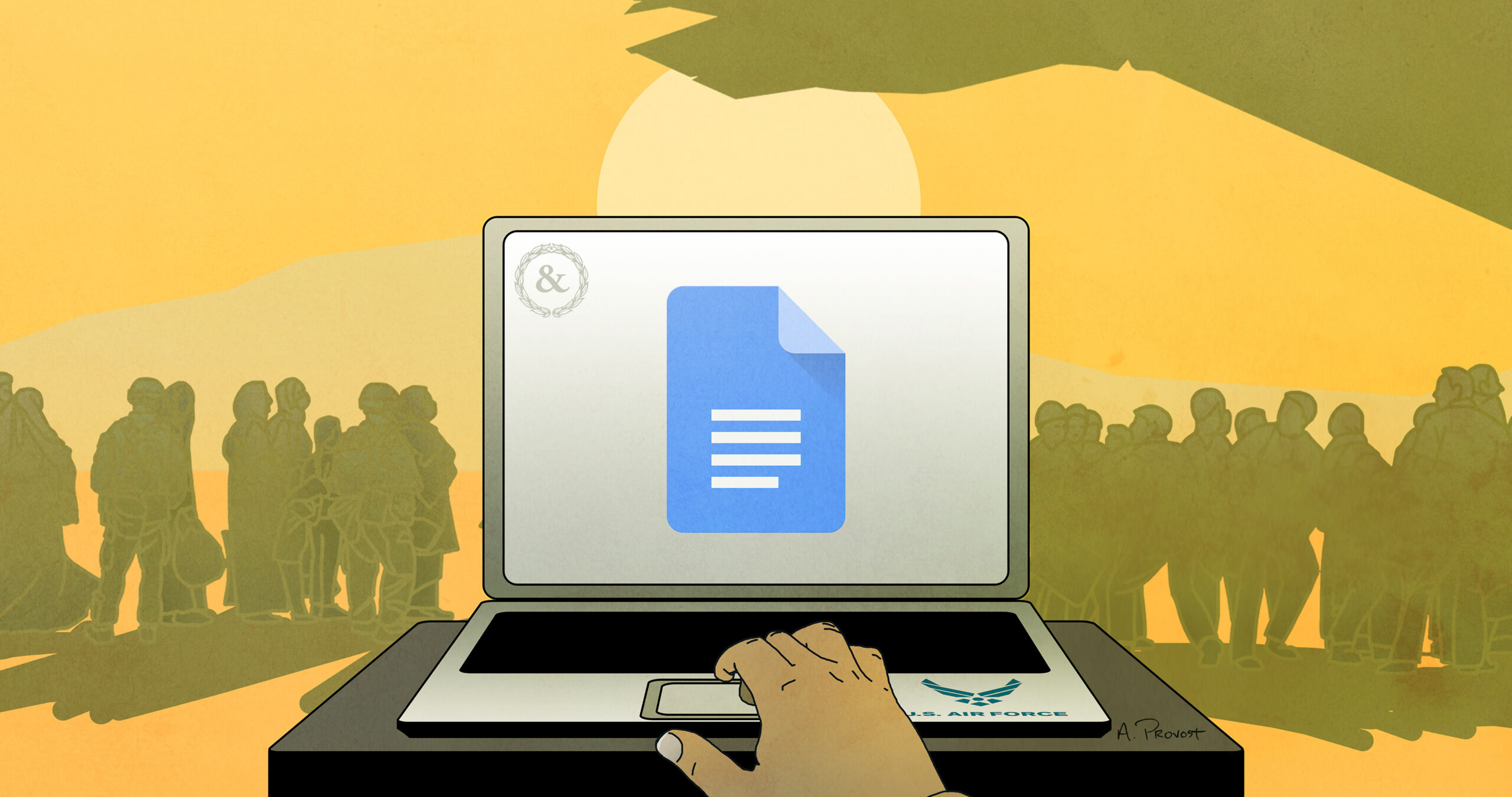


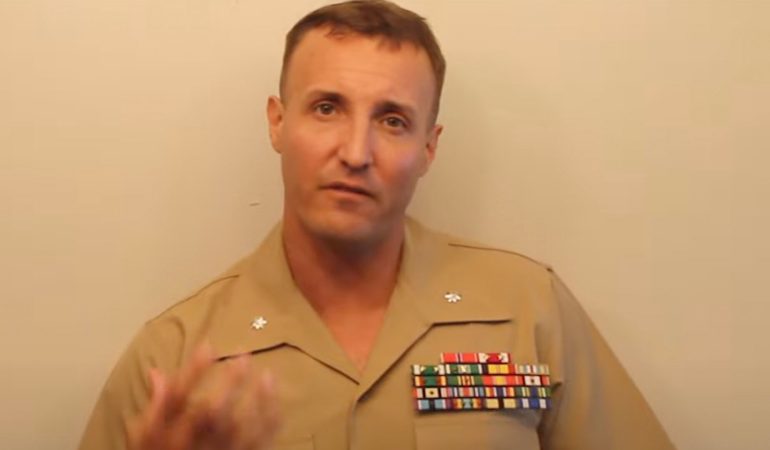

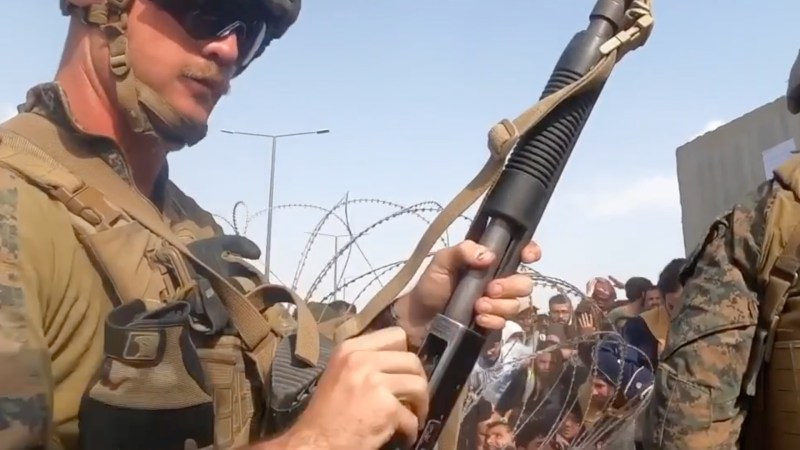
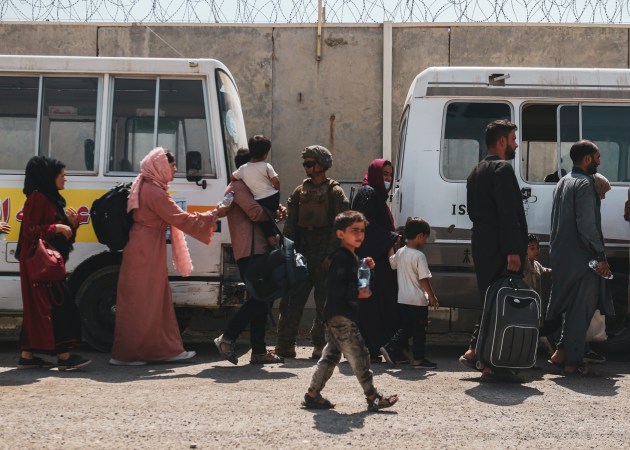
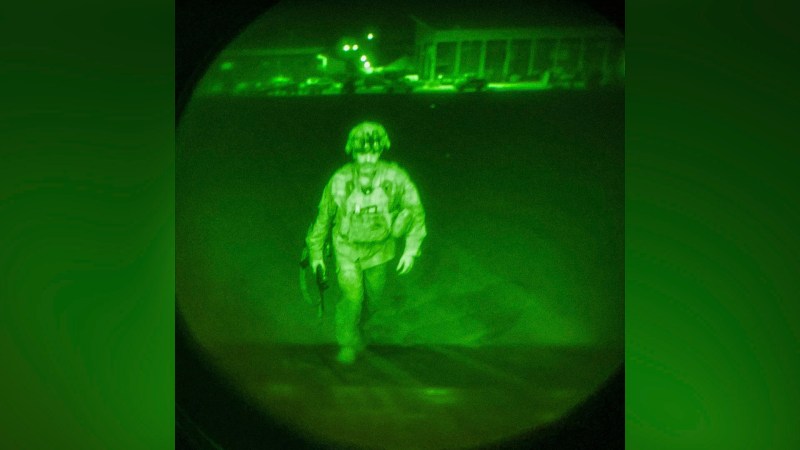
![Marine commander relieved over viral video calling out military leaders for Afghanistan withdrawal [UPDATED]](https://taskandpurpose.com/wp-content/uploads/2021/08/27/marine-officer-feature.png?w=800)
